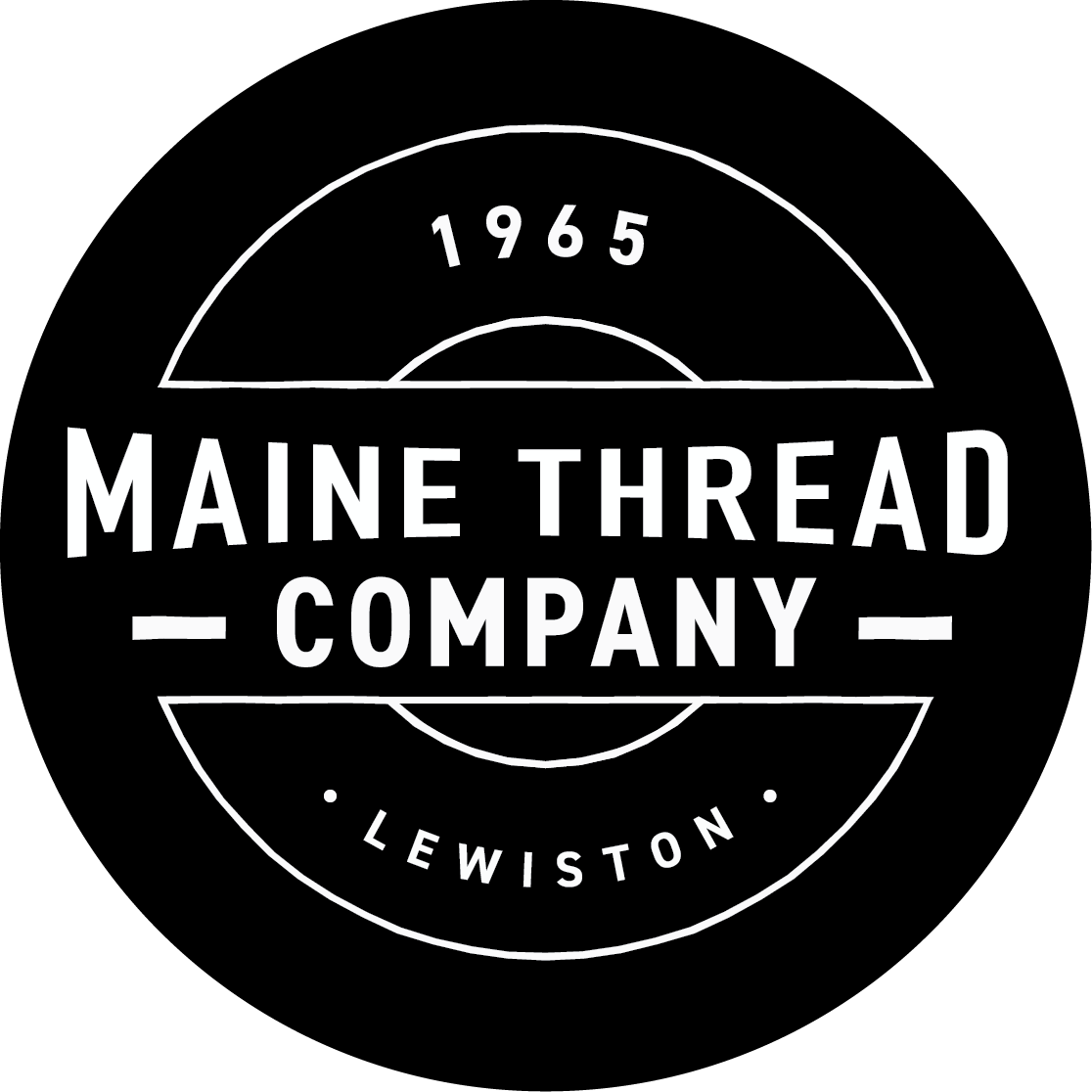Hello. I just rediscovered my father's thought-lost Solingen Sheriff Knife. It had rust and pitting it; I removed some rust and sanded it down to remove most of the pitting. The main issue now is the sheath, which has lost most of the stitching.
I don't really know much of anything about stitching, so I'm not even sure how to look up this precise sort. There are two issues:
1) the different colored threads on the top and bottom,
2) the rivets. I suppose the stitching can't be restored to factory condition with them in place, but I know trying to replace them will be a rabbit's hole I don't want to go down.
My father passed away eleven years ago, and I'd like this to be restored to as close as it had been while his.

I don't really know much of anything about stitching, so I'm not even sure how to look up this precise sort. There are two issues:
1) the different colored threads on the top and bottom,
2) the rivets. I suppose the stitching can't be restored to factory condition with them in place, but I know trying to replace them will be a rabbit's hole I don't want to go down.
My father passed away eleven years ago, and I'd like this to be restored to as close as it had been while his.







